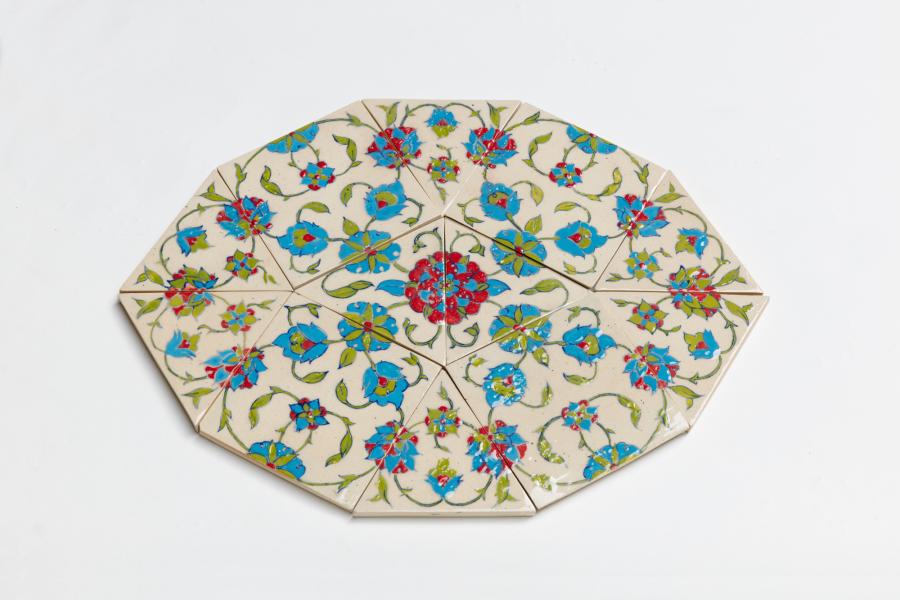Ran Li
Ran Li is a Fine Artist with specializations in painting, illustration and traditional arts. She is currently researching ceramic patterns as part of her PhD studies at the Prince’s Foun-dation School of Traditional arts in London, UK.
She teaches regularly for the School of Traditional arts in both the UK and China.
Ran Li studied at the School attached to Central Academy of Fine Arts, where she was admitted for first place in 2001. She was then recommended for admission to Central Academy of Fine Arts Oil Painting Department in 2005.
From 2009 she studied in London, UK, and completed a Diploma in Fine Art at Chelsea College of Art, and then an MA in Illustration at Camberwell College of Arts.
In 2016 she completed her second MA at The Prince’s School of Traditional Arts, award-ed with Distinction. Ran is currently enrolled onto the PhD research programme at the Prince’s Foundation School of Tradtional Arts.
Ran was invited by the Prince of Wales’s School of Traditional Arts to introduced her artworks to Chinese President Xi Jin Ping and Lady Peng Li Yuan during their official visit to the United Kingdom in October 2015. One of her works, Iznik tile panel, was displayed on China CCTV’s programme “President Xi’s Visiting in United Kingdom”.
During her BA studies, Ran’s artworks were collected and recorded in books published by Central Academy of Fine Arts. She has self-published two books and has had over 60 articles published on Chinese mainstream magazines and newspaper during her studies in the United Kingdom.
Since her MA graduation, Ran has developed her teaching skills over many workshops and teaching sessions delivered by the Prince’s Foundation School of Traditional Arts at Central Academy of Fine Art and Beijing Institute of Fashion Technology.
Over the last two years, Ran Li has assisted on several workshops delivered at The Prince’s Foudation School of Traditional Arts China Centre in Suzhou. She has also supported students at the China Centre during the completion of their end of year projects.
In August 2019 she has assited on a workshops by the Prince’s Foundation School of Traditional Arts China Centre for young Chinese people in collaboration with the Palace Museum held at the Yuan Centre in Suzhou and at the Forbidden City Gallery of the Palace Museum.
She is currently developing her own research and teaching material through her PhD research on traditional ceramic patterns.





